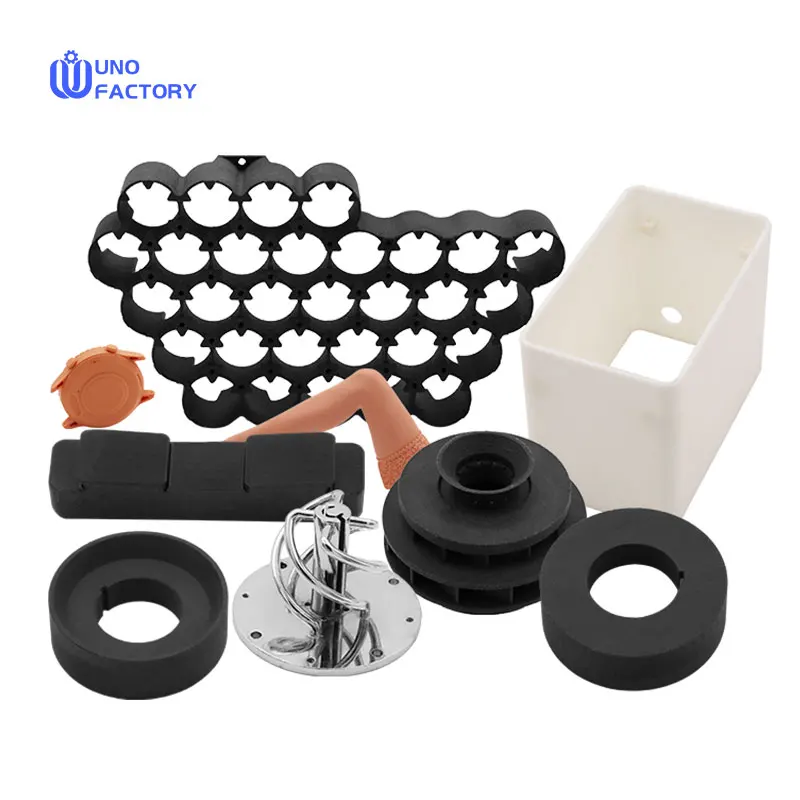Time to read: 6 min

In the modern manufacturing landscape, 3D printing and compression molding stand out as two transformative technologies. This article delves into the principles, advantages, limitations, and applications of these two techniques for various production needs.
Introduction:
Technology has ushered in two innovative production methods in the manufacturing industry: 3D printing and compression molding. Each offers unique benefits in material processing and product fabrication, providing designers and engineers with a plethora of options.
Understanding 3D Printing Technology:
3D printing, also known as additive manufacturing, constructs objects by adding material layer by layer. This method allows for the fabrication of complex designs without traditional molds or tools. 3D printing technologies include Fused Deposition Modeling (FDM), Stereolithography (SLA), and Selective Laser Sintering (SLS), among others.
Compression Molding Technology Explained:
Compression molding is a subtractive manufacturing technique that shapes material by compressing it within a closed mold and applying heat and pressure. This method is popular for high-volume production and can produce parts with superior physical properties.
Advantages of 3D Printing:
Advantages of Compression Molding:
Limitations of 3D Printing:
Limitations of Compression Molding:
Conclusion:
3D printing and compression molding each have their strengths and weaknesses. The choice between the two technologies depends on production requirements, design complexity, cost, and scale. Understanding the characteristics of each is crucial before making a decision.
If you are looking for customized manufacturing solutions, contact our team of experts at Unofactory. We offer over 100 material options, rapid prototyping for diverse industry applications, and precise yet affordable solutions.




